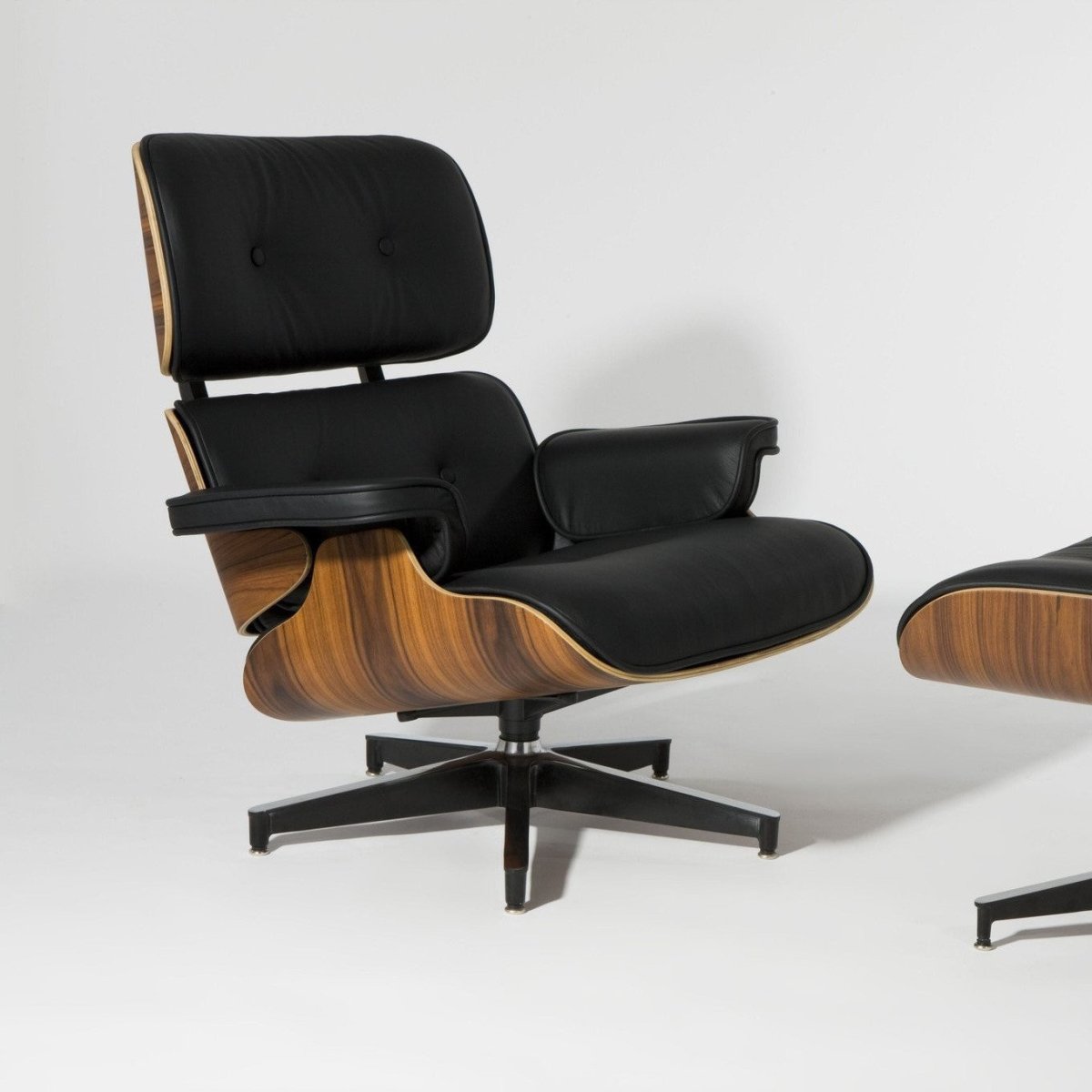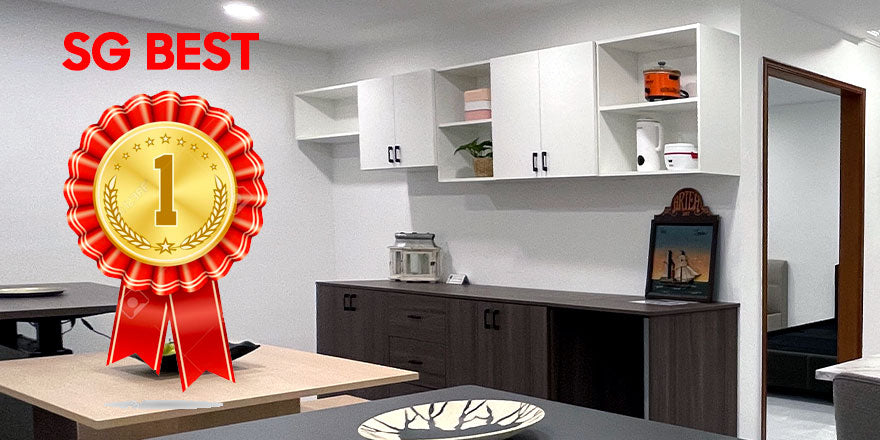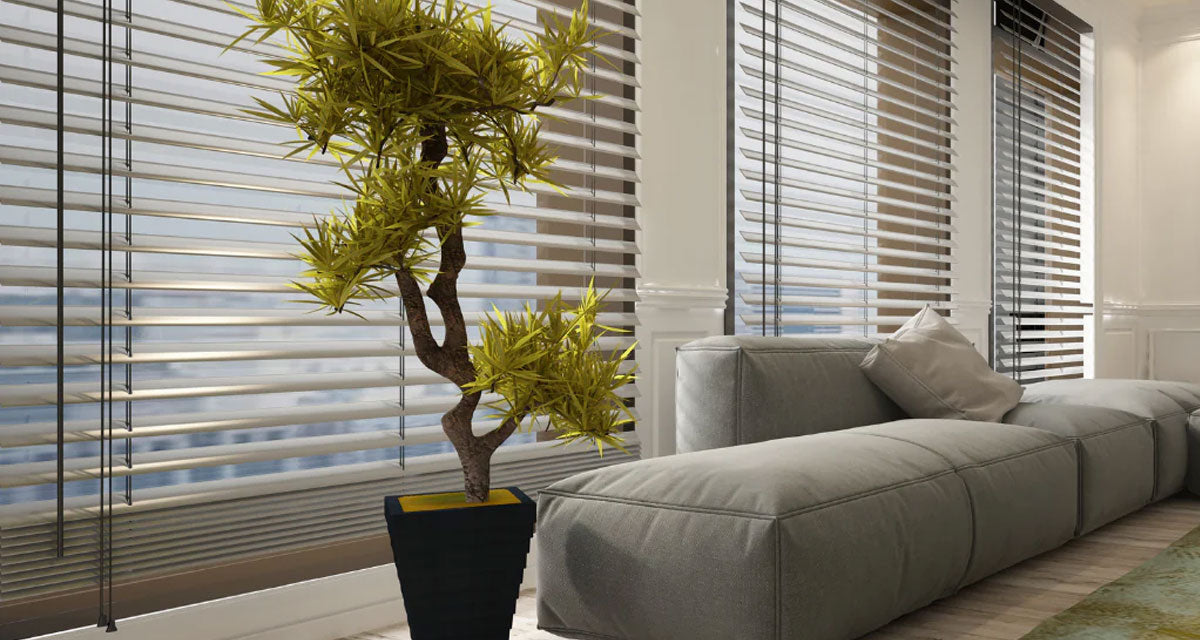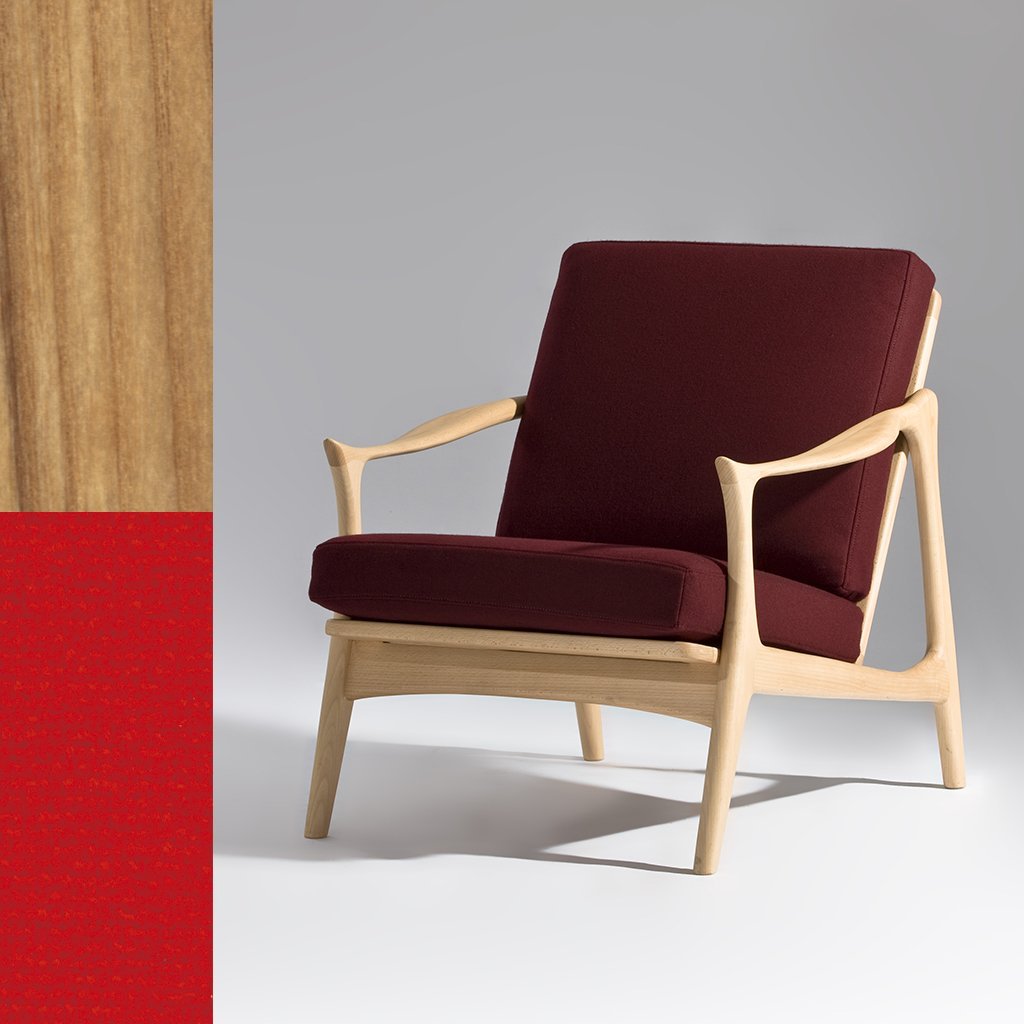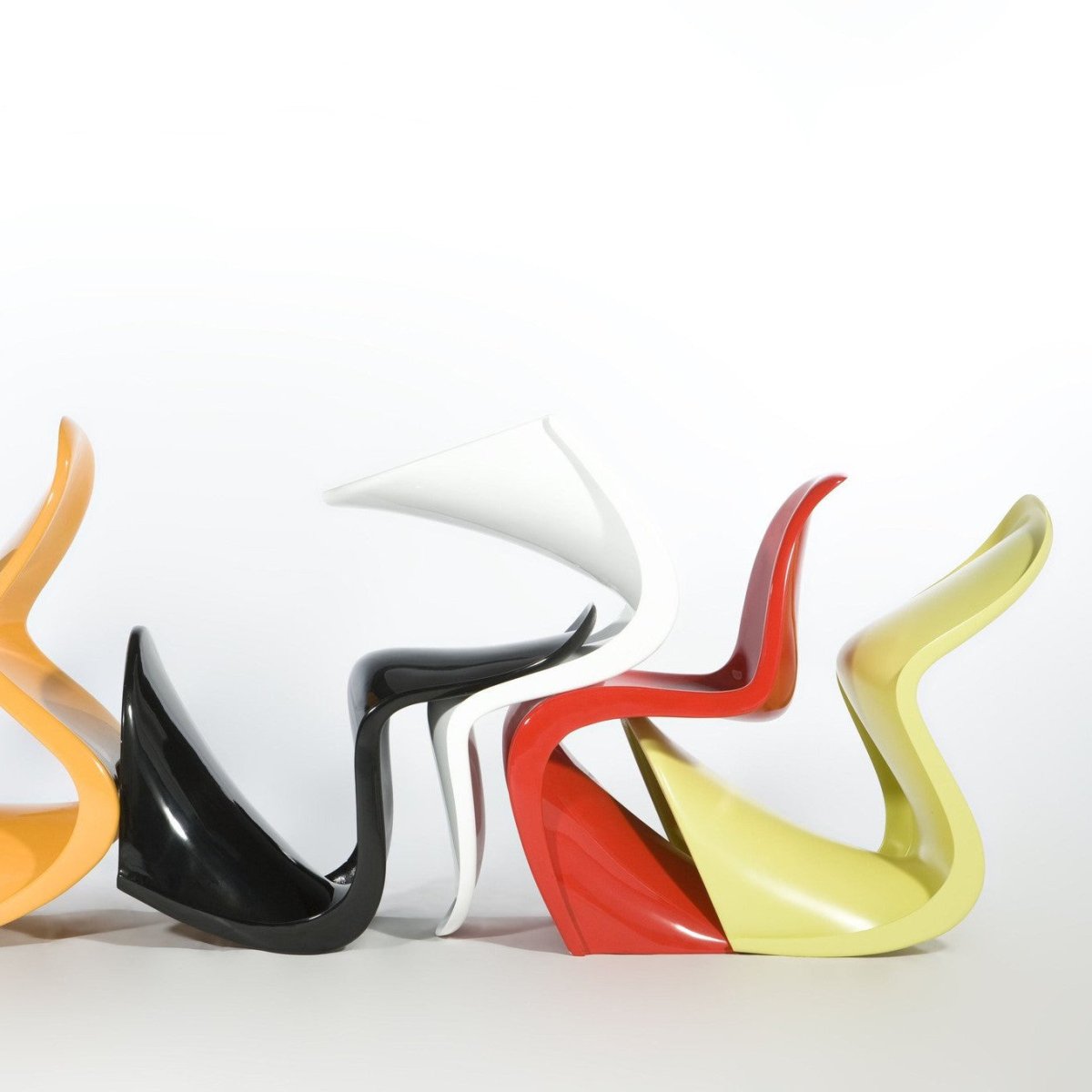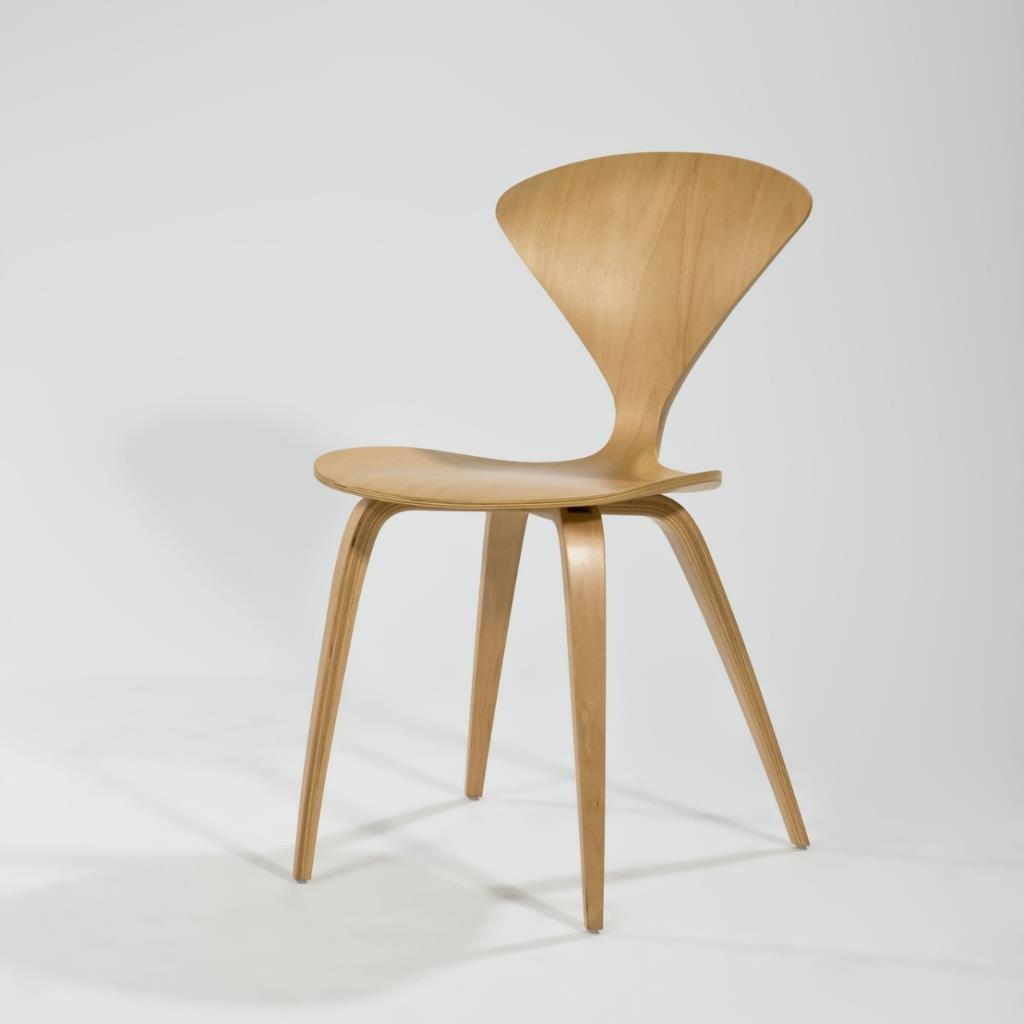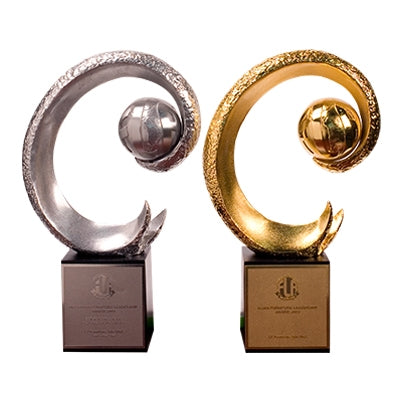This power couple (an American husband-and-wife team) helped to shape twentieth century design from their home studio.
Their collaboration on the Organic Chair (1940; Vitale Armchair) together with fellow American modernist designer Eero Saarinen for the MoMA (Museum of Modern Art) competition ‘Organic Design in Home Furnishings’ in New York was so visionary it took a decade for the organically shaped chair to be able to be mass-produced.
Their Molded Plastic Chairs (1948-1950; including Desmond Chair and Rada Armchair) were the first plastic (fiberglass-reinforced) chairs to be industrially manufactured with their uncovered, cup-like seats with 'waterfall' edges and iconic wood and wire rocker bases. The eye-catching metal struts of the base design are reminiscent of the Eiffel Tower. There are also other eye-catching base designs such as the wooden dowel-leg, stacking side and stackable versions. The RAR (Rocker Armchair Rod; the Maja Rocking Chair) is especially popular despite having been out of production for 30 years. In fact, the Eames rockers adorn the San Francisco headquarters of Twitter.
The La Chaise (1948; Raja Chaise Lounge) was designed for another MoMA competition and was, for decades after, too expensive to produce. The Eames molded plastic chair took second place for the competition but the striking sculptural design of La Chaise managed to hold its own by garnering plenty of attention. It possesses a wooden base with iron rods with an elongated amoeba-shaped seat. It is perfect for lounging on, as a turned-out Ben Affleck proved atop a fire engine red model on the cover of Esquire in 2009. The name of the chair alludes to (and simultaneously is a pun on) sculptor Gaston Lachaise.
The Wire Chair (1951), which also comes in padded seat or back ‘bikini’ options such as in the Klein Side Chair, won the first ever American mechanical patent for design. The Eameses used the Wire Base Low Table (1950; Kriz Side Table) which possesses classic bevelled edges in their own house to entertain. Their Wire Base Elliptical Table (1951; Elipz Coffee Table) is still a definite conversation starter, being reminiscent of a surfboard. It has a long outline and low height that complement a wide couch and show off the welded wire rod bases.

Their Plywood Chair (1946; Bent Plywood Chair) was cited as the Best Design of the 20th Century by Time Magazine and has a spot in the permanent collection at the MoMA. Their pioneer plywood molding techniques were literally tested under fire in World War II, where they were used on commission by the US Navy, and make for ergonomic designs that are also aesthetically pleasing such as the Uform Dining Chair and Uform Lounge Chair with wood legs and the Vermina Lounge Chair and Vermina Dining Chair with steel legs The Eameses had originally envisioned a plywood uni-shell, much like their plastic chairs, but eventually realised that it wouldn’t work. They then came up with a two-piece chair with separate back and seat panels, the entire profile of which displayed gently undulating lines.
Their Molded Plywood Coffee Table (1945; Madeira Coffee Table) was also amongst the molded plywood pieces in their 1946 MoMA exhibition that impressed the design director, George Nelson.

And, of course, when one thinks of Eames, one thinks of the truly iconic Eames Lounge and Ottoman (1956; Elcid Lounge Chair and Ottoman), their first high-end foray and one that has proven to be a timeless classic with its good looks and extreme comfort. Charles Eames envisioned the “warm receptive look of a well-used first baseman's mitt” and achieved in addition to that a true emblem of style and status. The Eames Lounge and Ottoman’s design captures the Eameses’ ethos- their honest use of materials and predilection for exposed surfaces. The latter is achieved in the lounge chair through three molded plywood veneer shells, supple leather cushioning and the elegant use of rubber disc shock mounts which also enabled the chair to flex along with the user’s shifts in position. The final prototype of the chair was actually meant as a birthday present for the Eameses’ friend, the Hollywood film director Billy Wilder. The Eames lounge chair won first prize at the prestigious world design fair, the Milan Triennale, in 1957.
View all of our Charles and Ray Eames-inspired products in our Modern Classics collection

